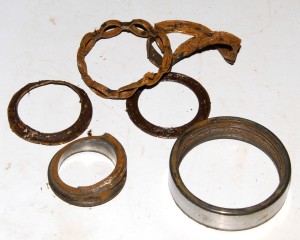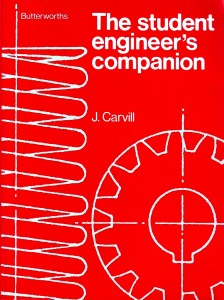Of Washing Machines…
 I have a strong disinterest in handyman work.
I have a strong disinterest in handyman work.
Not for me, painting walls or fixing woodwork. Gardening, hanging doors, putting up shelves, making a new letterbox – nope, nope, nope.
So when the washing machine started producing dreadful noises, I feigned great interest in working at the keyboard.
This keyboard.
And, anyway, was the washing machine really making any more noise than normal? I dunno. Didn’t it always fill the street with the sound of a steam roller crossed with a jet engine?
In fact, when it went on to make clunking noises (still mixed with a steam roller and a jet engine), I figured that maybe there were just some coins floating around in the mix, coins that had come out of pockets.
Even if it did sound like the coins were as big as billiard balls….
But then the edifice came crashing down: the washing machine stopped working.
A five year old Korean-made LG front-loader, it no longer rotated, no matter what was done with the switches. In fact, as my beloved wife Georgina pointed out, there were also signs that the stainless steel drum had been rubbing on the outer plastic drum: abrasions were apparent.
So I got out the tools.
- » Continue reading or Comments (16)

 Julian Edgar, 50, has been writing about car modification and automotive technology for nearly 25 years. He has owned cars with two, three, four, five, six and eight cylinders; single turbo, twin turbo, supercharged, diesel and hybrid electric drivelines. He lists his transport interests as turbocharging, aerodynamics, suspension design and human-powered vehicles.
Julian Edgar, 50, has been writing about car modification and automotive technology for nearly 25 years. He has owned cars with two, three, four, five, six and eight cylinders; single turbo, twin turbo, supercharged, diesel and hybrid electric drivelines. He lists his transport interests as turbocharging, aerodynamics, suspension design and human-powered vehicles.

